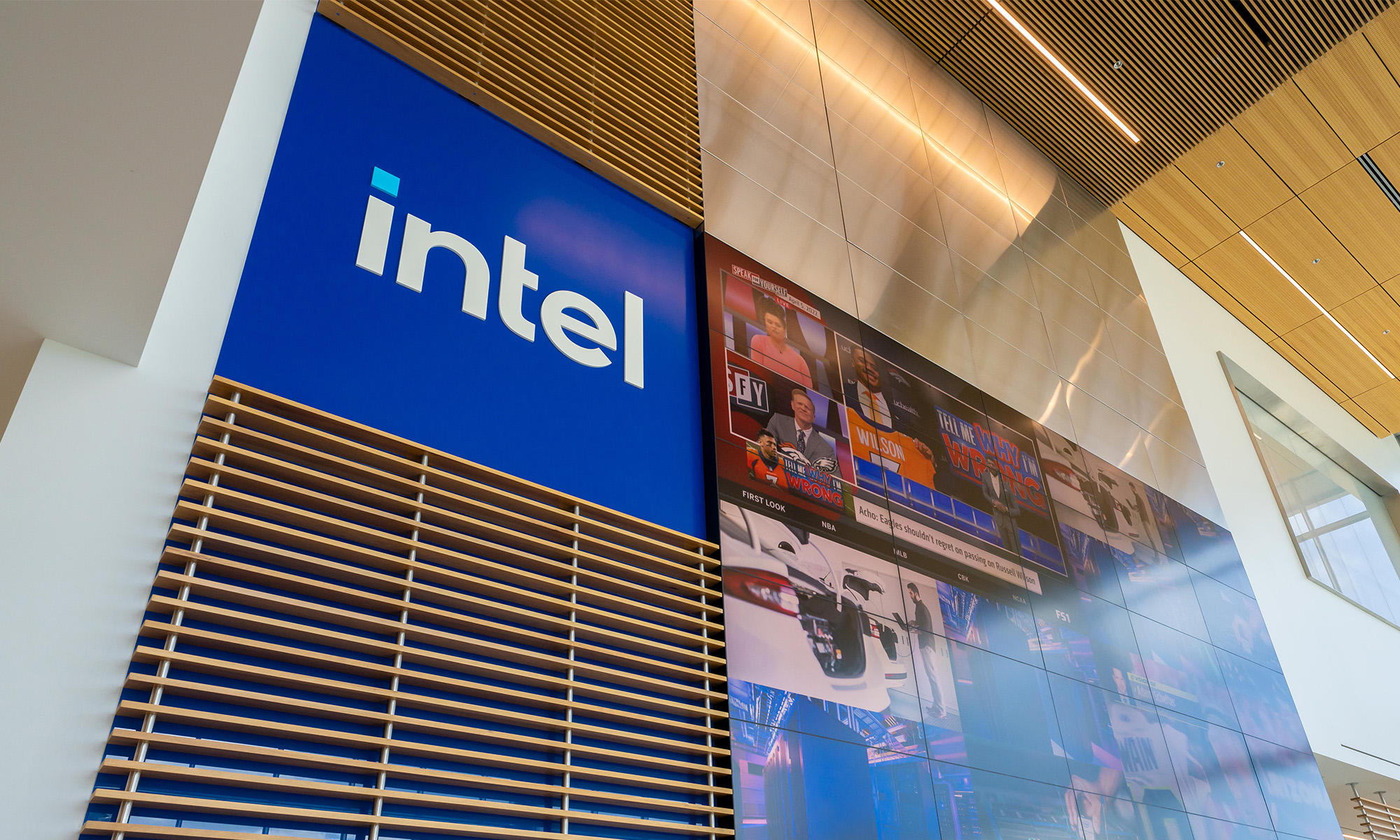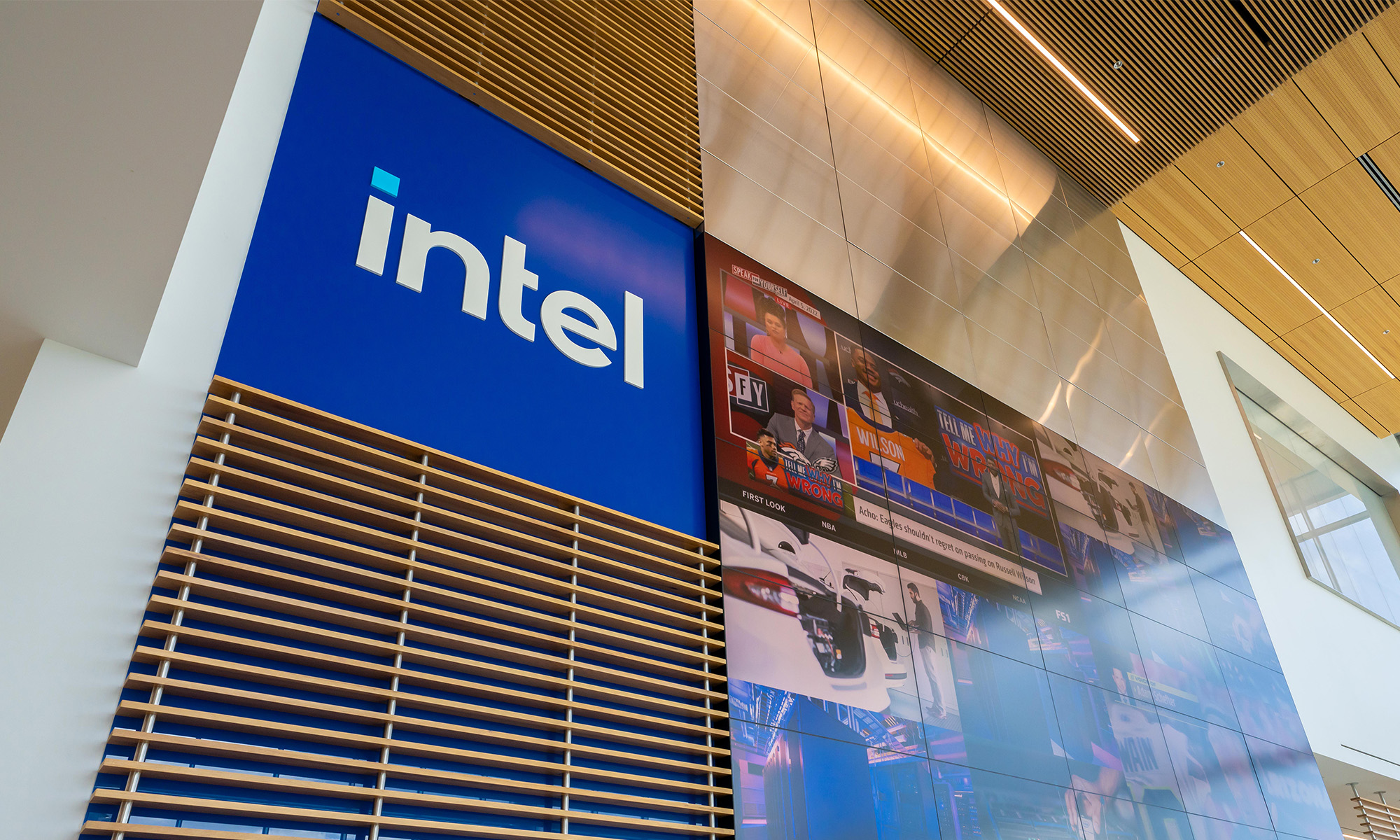Back in March, I penned a piece speculating that Intel's (INTC +0.14%) 14-nanometer CPU core codenamed Airmont would indeed hit smartphones, but only in low-end parts, leaving the mid-range and above to its successor, known as Goldmont. According to new information, it appears that Intel did indeed have big plans for Airmont in the smartphone space, and it was in fact targeted at low-cost, fully integrated (with apps processor and cellular/connectivity) devices. Brace yourselves -- while that speculation appears to have been confirmed, there's a lot more to take in.
Intel's missing "6331" was known as Slayton; Riverton on 14-nanometer
Back at Intel's 2012 Investor Meeting, Intel's mobile GM Hermann Eul told investors to expect a part codenamed "6331," which would be a 22-nanmeter part with integrated cellular. Indeed, this part had a codename change to Slayton and integrated dual 1.2 GHz Silvermont CPU cores as well as an HSPA+ (3G) modem. The analog/RF portion was slated (no pun intended) to be built on a 65nm process, most likely as TSMC (NYSE: TSM).
The follow-on part, which was slated for a late 2015 introduction, was known as Riverton, which looked to integrate dual 1.6 GHz Airmont CPU cores, as well as a modem with support for HSPA+, LTE Category 3, and TD-SCDMA. The RF/connectivity chip that accompanied the platform would also be built on the 14-nanometer process (which would mark the very first 14nm FinFET RF silicon in the industry). A lower-end variant, known as Binghamton, would be 3G only, sport Airmont cores clocked at 1.2 GHz, and arrive in the first half of 2016.
In light of Intel's recent plans for SoFIA, it is unlikely either of these parts will see the light of day, although Riverton may be modified to include four Airmont cores and could still make it to market.
New details on "Broxton"
At Intel's most recent Investor Meeting, it talked about its next-generation product codenamed Broxton. This would be targeted toward high-end tablets and high-end smartphones, and offer "leadership" performance and power. According to this new information, the Goldmont CPU core inside of Broxton will come in a quad-core configuration, Gen. 9 Intel graphics, will not offer hyperthreading, and will offer support for LPDDR3, LPDDR4, and Wide IO 2 memory. On top of that, it will be offered in both soldered down memory formats or Package on Package format.
From the information given, it appears this will not include an integrated LTE modem, and will instead be paired with the company's next-generation XMM 7360 modem, which will again be built on TSMC's 28-nanometer process. Do keep in mind, however, that the features listed for 7260 on these materials seem outdated, and the current 7260 feature set appears to be reflected in the 7360 listed.
Intel's first FinFET modem -- the XMM 7460
The last bit of interesting news here is that Intel plans to bring to market a 14-nanometer modem in Q1 2016 known as the XMM 7460. This modem will support 3GPP release 12, category 7 LTE-Advanced, the suite of connectivity features, 3x Carrier Aggregation (60 MHz), and whole host of other goodies. This represents a fundamental shift, as this begins the move of all modem/connectivity volume internally, better driving utilization of its factories and taking that revenue away from TSMC.
Foolish bottom line
It's interesting to see that Intel's mobile roadmap was indeed strong, but it seems execution problems (on both design and process technology) kept Intel from becoming the leader it had told investors it would become in mobile three years ago. However, with the roadmap it has in place now (Broxton in mid-2015, 14nm SoFIA in early 2016), it can still become one of the major players in mobile.
Intel has the right stuff to win, and has always had the right stuff to win, but it just needs to execute -- something I'm hopeful CEO Brian Krzanich and his team will pull off to deliver value for everybody holding Intel stock.







